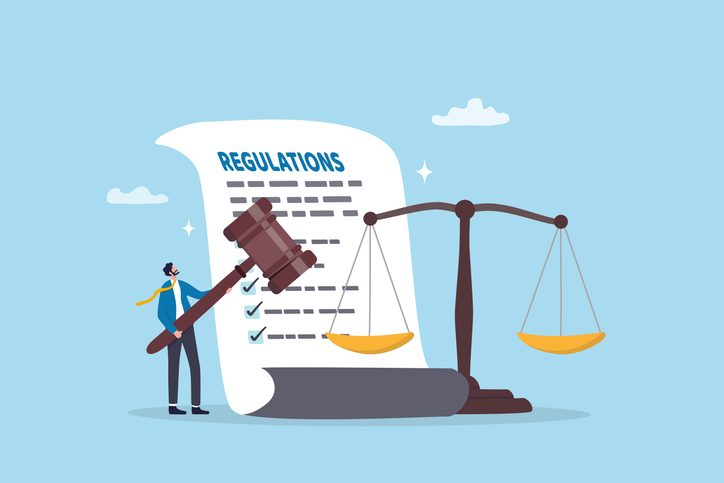The results of the group’s research show that companies waste enough water to fill one and a half million Olympic-sized swimming pools, produce enough packaging to fill 22,000 jumbo jets and throw out the equivalent of 1,900 Eiffel Tower’s worth of litter.
On the back of these dramatic and surreal statistics, Envirowise has produced its own top 10 tips on reducing waste and saving money at the same time.
1. Know what you are wasting: In UK businesses, the cost of waste is usually over 4% of turnover. Proven waste minimisation initiatives can easily reduced this by 25%. Keeping track of waste and related costs is critical to realising these savings.
2. Make use of skilled staff: Once the cause of waste has been identified the skill and knowledge of experienced staff will be critical to reducing it.
3. Remember – Good things come in small packages. Minimising the use or waste of packaging can deliver some quick savings.
4. Always measure and monitor the amount of water you use. Compare your water use each year. Also compare water use against production output for manufacturing companies and against staff numbers for service sectors.
5. Flush out waste: Walk around your workplace to see where water is being used. Construct a water balance sheet so that you can identify where water is being used and where it is wasted.
6. You can cut water costs by 30% based on some simple and inexpensive measures. Fit water minimising controls where possible, e.g. push taps, spray nozzles on hoses, low flush toilets, sensor urinal flushing controls, flow regulator/restrictors and cistern displacement devices.
7. Where do your products go? Research your product – its production and end of life options e.g. are hazardous materials used within the product, what happens to it at the end of its useful life and what up and coming legislation might affect it?
8. A product is for life: Revisit your product design priorities. Over 80% of the environmental impact of a product is determined at the design stage, and could eventually result in escalating costs as end of product life regulations become stricter.
9. Smart design: Reduce production costs by creating products that require less material, energy or water during manufacture. Make reuse and recycling easier – re-using, remanufacturing and /or recycling all or part of the product can significantly reduce raw material use and divert material away from expensive landfill.
10. Ask the experts: Contact the Environment and Energy Helpline on 0800-858794 for free, confidential advice from Envirowise.
See also: Comply with waste disposal laws





